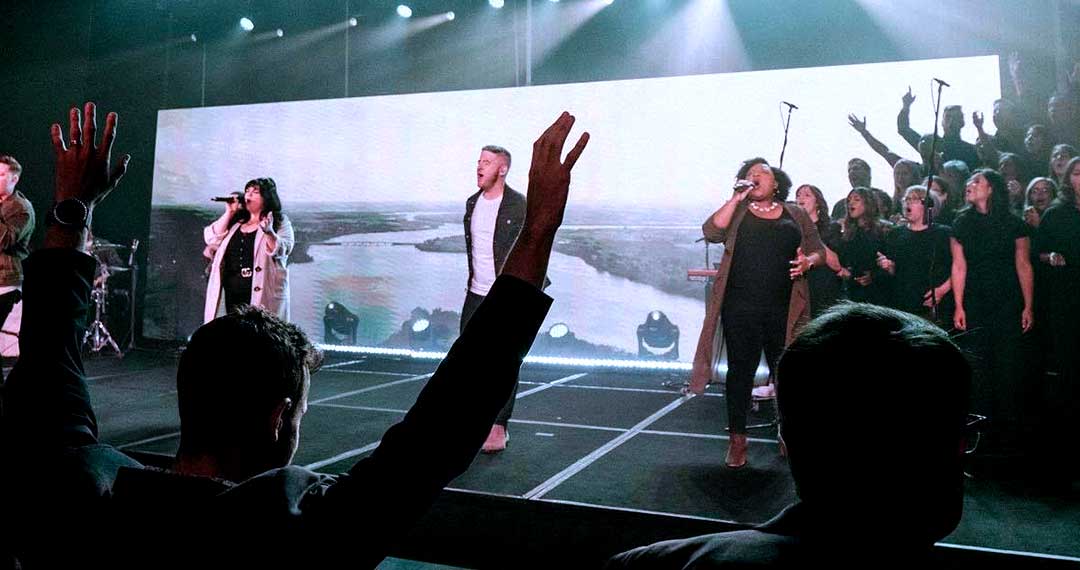Exploring the Impact of Viewing Perspectives on LED Panel Panel Performance and Visual Appeal
A performance and aesthetics of LED wall panels can significantly vary depending on the viewing angle. Viewing angle refers to the angle from which a viewer can observe the display without losing picture quality. This factor is crucial in multiple environments, such as in residences, workplaces, and public spaces. Comprehending how viewing perspectives impact LED wall displays helps consumers and companies make knowledgeable decisions when choosing screens for their particular needs.One major aspect of LED wall panel functionality affected by viewing perspectives is luminance. As the observation perspective alters, the apparent brightness of the panel can diminish. This is particularly evident in panels that are not designed for broad observation angles. For instance, a viewer standing directly in front of an LED wall panel may see vibrant and bright hues, while someone viewing from the side may observe a considerable decline in brightness and hue accuracy. This issue can limit the effectiveness of the display in shared environments, making it crucial to select panels with wider viewing perspectives for such applications.
Color consistency is another critical element affected by viewing perspectives. Various LED wall panels use different technologies to show colors, resulting in diverse levels of color fidelity across different angles. When observing an LED wall panel from an angle, hues may appear altered or washed out. This variance can be led video wall customization especially problematic in business settings, such as advertising or presentations, where accurate color representation is crucial. Choosing panels that maintain color accuracy across a broad variety of perspectives can enhance the general viewing experience.

Alongside functionality elements, aesthetics are also affected by viewing angles. LED wall panels are often used as design features in modern architecture and interior design. When placed in a site where observers will see the panel from various angles, the total visual effect can change dramatically depending on the panel's characteristics. A panel that looks stunning from the front may not have the same appeal when viewed from the flank. Thus, designers must consider the observation perspectives when planning installations to ensure that the aesthetic quality is preserved from all viewpoints.
Ultimately, it is essential to consider the type of setting in which the LED wall panels will be used. In settings like athletic arenas, musical look here halls, and large public spaces, a broad viewing angle is essential to guarantee that all viewers can appreciate the display's content. In contrast, in smaller environments like home theaters, the observation angle may be less critical, as observers typically sit straight in front of the screen. By assessing the particular needs and environments for LED wall panels, users can select displays that optimize both performance and aesthetics, creating a more pleasurable viewing experience for all.